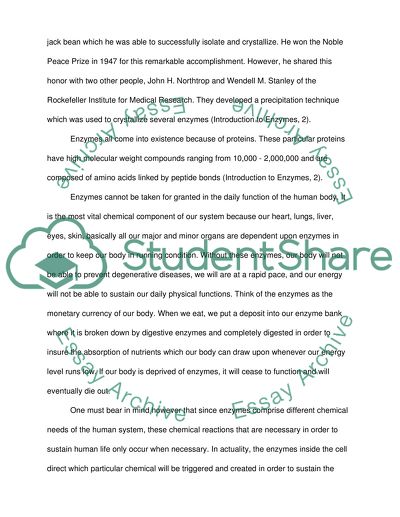Cite this document
(“Enzymes Essay Example | Topics and Well Written Essays - 1500 words”, n.d.)
Retrieved de https://studentshare.org/biology/1434543-enzymes-what-they-do-why-they-are-important
Retrieved de https://studentshare.org/biology/1434543-enzymes-what-they-do-why-they-are-important
(Enzymes Essay Example | Topics and Well Written Essays - 1500 Words)
https://studentshare.org/biology/1434543-enzymes-what-they-do-why-they-are-important.
https://studentshare.org/biology/1434543-enzymes-what-they-do-why-they-are-important.
“Enzymes Essay Example | Topics and Well Written Essays - 1500 Words”, n.d. https://studentshare.org/biology/1434543-enzymes-what-they-do-why-they-are-important.


